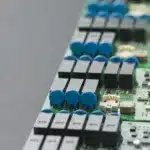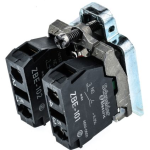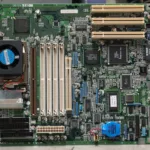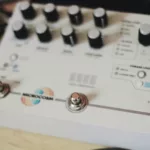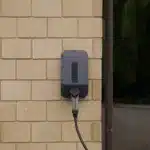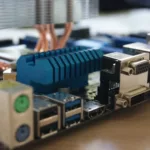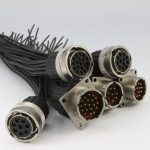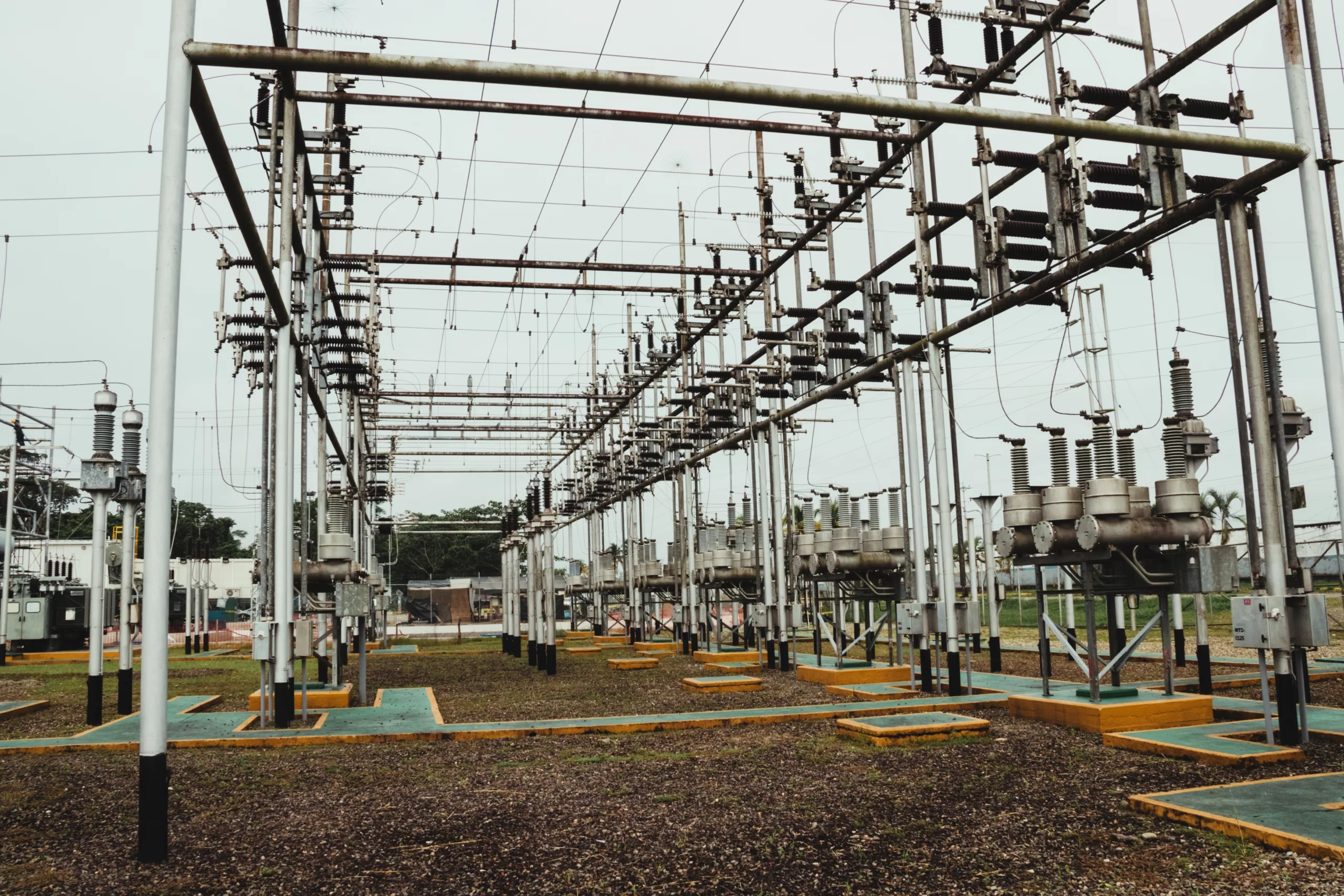
Introduction
Power transmission is a critical aspect of the electrical grid allowing efficient electricity transportation from power plants to consumers. However, during the transmission process, a certain amount of energy is lost as heat due to various factors. This energy or power loss in transmission not only contributes to higher electricity costs but also has environmental implications. Therefore, reducing power losses is vital for creating a sustainable and reliable power grid. This article explores the crucial reasons and practical strategies to minimise power losses during transmission.
Understanding Power Losses in Transmission: Uncovering Their Key Reasons
Before delving into the solutions, it is essential to understand the primary reasons behind the power losses. These losses contribute to poor performance and efficiency not only in transmission lines but also in RF lines. The two primary reasons include resistive power losses can and reactive losses. Resistive losses occur due to their integrated conductors themselves, causing energy dissipation as heat. Reactive losses refer to the interaction between the inductance and capacitance of the transmission system, leading to inefficient power use. Other power loss-causing factors include:
- Poor grid maintenance.
- Inadequate or inefficient equipment.
- Outdated infrastructure.
- Skin and proximity effects.f
- Long transmission lengths.
The resulting losses can be significantly reduced with the following targeted strategies.
Practical Strategies for Minimising Power Losses in Transmission
Reducing power losses is significant for enhancing the grid’s efficiency and operation to ensure a reliable power supply to consumers. The following strategies help optimise the transmission system’s design and operation, leading to substantial reductions in power losses. Some of these approaches include:
- High Voltage Transmission
Mostly, high-distance transmission lines use very high voltages, significantly reducing losses. Higher voltages minimise current levels for the same power transfer, which, in turn, reduces resistive losses.
- Minimising Transmission Line Length
Long transmission lines result in higher resistive losses that increase due to the higher encountered resistance. To combat this, decentralised power generation closer to the consumption point can be adopted, reducing the need for lengthy transmission lines and subsequently minimising power losses.
- Reactive Power Compensation
As mentioned earlier, reactive losses occur due to the interaction of inductance and capacitance in the transmission system. Implementing reactive power compensation techniques, such as shunt capacitors and reactors, can help mitigate these losses. These devices balance the reactive power demand and supply, leading to more efficient use of the transmission infrastructure and reducing overall losses.
- Using Suitable Conductors and Improved Materials
The choice of conductor and its material is pivotal in minimising faults and reducing power losses. Copper and aluminium are commonly used in transmission lines, with aluminium conductors widely used to lower resistivity. Aluminium conductors, on the other hand, are expensive. Using specialised conductors such as High-Temperature Low Sag (HTLS), conductors can operate at relatively higher temperatures, leading to enhanced system efficiency and reduced losses.
- Adopting Underground Transmission Systems
In certain scenarios, underground transmission cables may be a viable option to minimise losses. It becomes more prevalent in areas where efficient power transmission demands increase. Underground transmission offers various benefits, especially in densely populated areas or environmentally sensitive regions.
- Using Efficient Transformers
Efficient transformers with low core and winding losses should be used to minimise energy losses during voltage transformation at substations. The design, materials, and proper operation of transformers reduce energy wastage, improve the power grid’s overall efficiency, and save valuable electrical energy.
- Integration of Smart Grid Technology
Integrating smart grid technology allows for better monitoring and control of the power grid. This real-time data and control capability help identify potential issues, take corrective actions, and optimise power flow promptly. By efficiently managing power flow, smart grids can reduce resistive and reactive power losses, resulting in a more efficient transmission system.
- Regular Monitoring, Maintenance, and Upgrades
Regular maintenance and monitoring of transmission infrastructure is essential to ensure its optimal performance. Timely inspections, detecting and fixing damaged components, such as faulty equipment or conductors, and preventive measures can prevent power losses. Moreover, upgrading outdated equipment to modern and more efficient technologies can contribute to long-run solutions.
Bottom Lines
Power losses during transmission are a fundamental challenge in the electricity supply chain. These losses result from various factors, causing significant financial losses and inefficient power supply to consumers. However, with strategic planning and ever-evolving technological advancements, it is possible to minimise these losses significantly. Successful implementation of bespoke strategies can result in a highly reliable and efficient power grid, ensuring reliable power supply, lowering consumers’ costs, and contributing to a greener environment.






